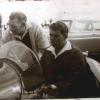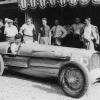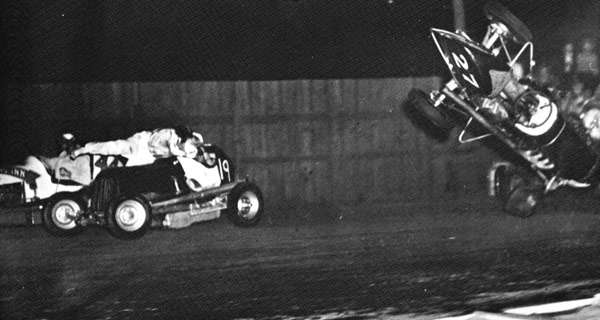I think I can answer the rest my own question as I came across this today by chance:
According to Michael Henderson's report to CAMS on the accident leading to the death of Spencer Flack at Phillip Island in February 2002 which is quoted in the State Coroner's findings of 4 July 2004:
He noted three drivers being ejected from crashing BRM Types P25s, Mike Hawthorn 1956 Goodwood, Tony Brooks Silverstone (no date) and Hans Hermann at Avus (no date) all without major injury.
Late in 1967 Louis Stanley had a six point harness designed by Michael fitted to Jackie Stewart's BRM and this was later fitted to Stewart's Matra. By the end of 1968 all active F1 cars were fitted with harnesses and "in 1968" FIA made belt anchorages compulsory along with recommendations on harnesses. However 6 point harnesses were not mandated for F1 until 1972.
Can anyone add to that please and/or suggest sources?
PS I was staggered to read that Spencer Flacks' fuel, according to his mechanic's statement, was "10% nitromethane" !
Edited by tsrwright, 06 February 2015 - 11:05.



















